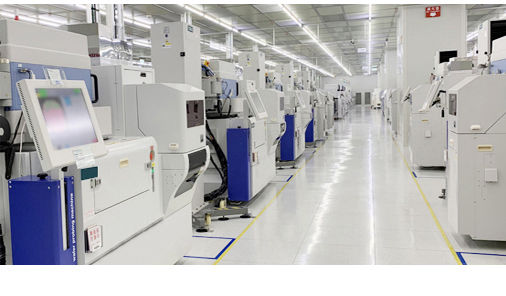

Highly Automatic
TPW has designed many production management systems for production operations and customer engineering development, monitoring and management comprehensive equipment performance, machines, in-process products, and production performance. We also use fixed calculation procedures, dynamic parameter judgment and formulation, and big data review to eliminate human error. We also complete settings, operations, judgment, temperature control needles, and switch test programs with a high degree of automation. We set up the automated system to replace human judgment operations and minimize the risk of error in setting installation to improve production efficiency.

TPW uses fixed calculation procedures, dynamic parameter judgment and formulation, and big data review to eliminate human error. In addition, we let the highly automated system automatically complete setting functions to minimize the risk of error during setting installation and improve production efficiency.
ALAS: We allowed automated systems to replace human judgment operation, which further evolved into ALAS (Auto Load wafer Auto Start test), so system operation and production efficiency were further improved.
The scheduling system is controlled by the production operation system, which means that the scheduling system controls the process from the customer's order to shipment. Thus instances of material shortage in production, shutdown, order insertion, control of in-process products, and other batch changes are all maintained in the system by the production control unit. Thus, the production line operation sequence can be observed through the scheduling system.
The production monitoring system can monitor and observe production status in real-time, including current machine information, machine/batch number/temperature/probe card number/estimated test time/waiting time countdowns, machine condition monitoring, and test efficiency of the first/first three, etc.
We will introduce flat-panel computers into the production line so that operators can freely access any production-related data and operate and switch the status of the machines. The flat-panel computers replace traditional desktop computers, which shorten the walking distance of personnel and allow staff to have more immediate and quicker access to production activity information.
With the addition of a large number of electronic supporting operations, the goal of making production operations paperless has taken a big step forward.

.